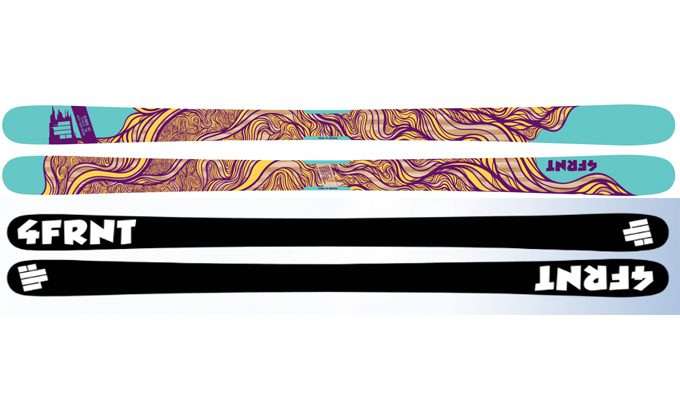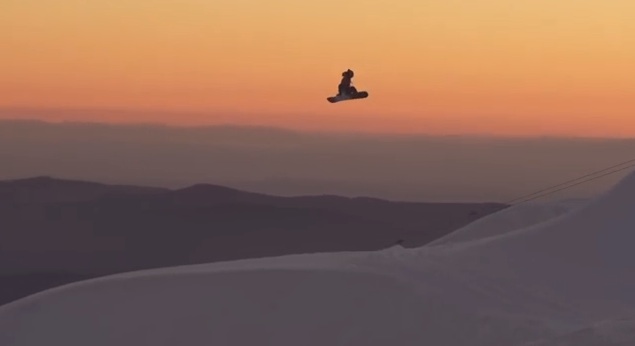A Brief History of the Female Specific Ski
A Brief History of the Female Specific Ski
Over the past few years, the subject of the female specific ski has been heavily debated, mainly in the vein of ‘are brands patronising their female customers?’ by making skis which are shorter, lighter and more flexible than their male counterparts.
Maybe a little while ago, that would have been the case, with many brands marketing their women’s skis as easier to use with girly things like flowers and butterflies on them.
It was assumed that tall girls and girls who wanted to ski hard would go for a unisex ski and that was that. But with the rate of progression female freeskiing has seen over the past couple of years, and the amount of female athletes who have been throwing down as hard as the boys, brands have had to up their game.
This means longer, fatter, stiffer skis for girls who want to charge.
So what makes a female specific ski different from a unisex ski, anyway?
The main three components are the materials used, the binding position and the flex.
Using lighter woods or carbon compounds to make the core means that skis are lighter and more flexible, because whether we like it or not, most of us girls aren’t as strong as guys so having a ski that’s easy to manoeuvre is a big plus.
We also pack a bit more weight in our lower bodies so female specific skis are often shaped to have the bindings mounted a bit further forward in order to balance out our weight effectively.
Even though these don’t seem like massive differences, (especially as most female specific skis are modified versions of specific unisex skis), there must be something to it or there wouldn’t be such a huge market for women’s skis today.
While a lot of girls still prefer to go for a unisex ski, it’s always good to know what’s out there.
We felt a bit spoilt for choice when we looked at just how many awesome girls’ skis are out there this year, but we’ve managed to condense it down to ten of the best powder, park and all-mountain skis for 2015…
















